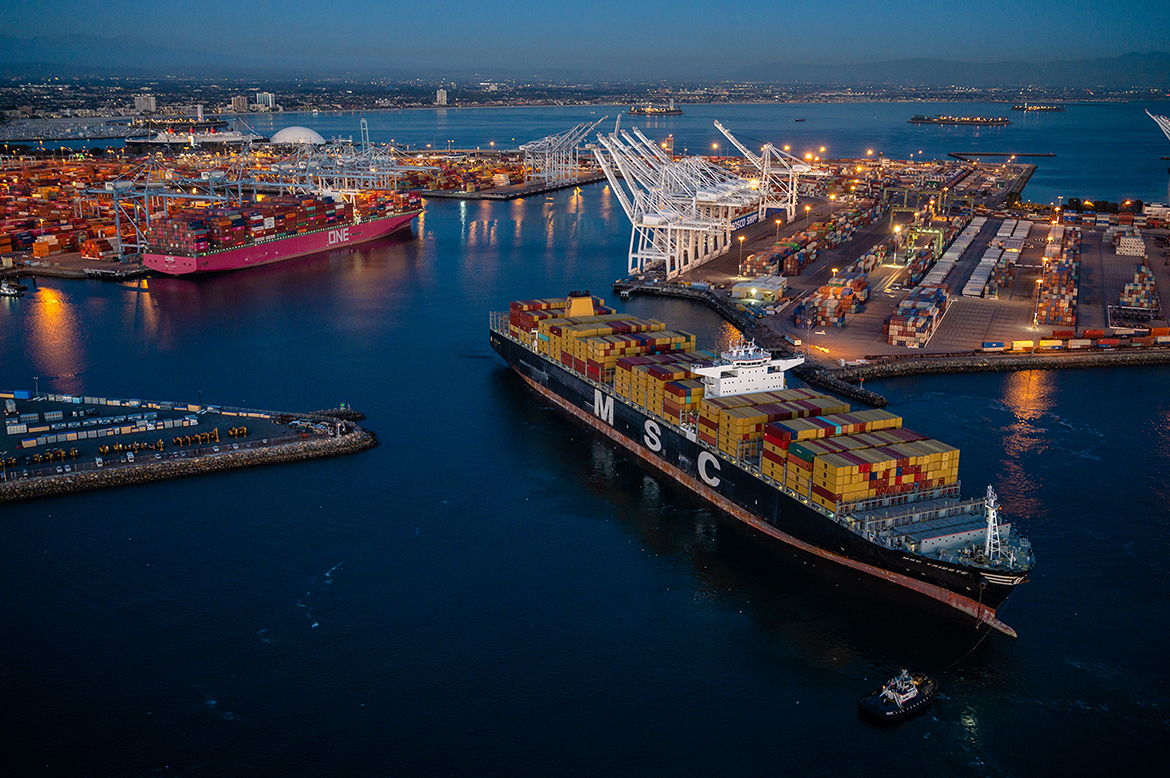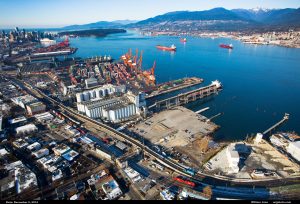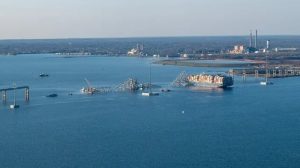An unseasonable surge in cargo lifted the Port of Long Beach to its busiest February on record. Increased productivity in China and e-commerce demands fuelled the strong upward swing. Long Beach is the second-largest US container port after Los Angeles which it adjoins.
Dockworkers and terminal operators moved 771,735 twenty-foot equivalent units in February, a 43.3% uptick from the same month last year and marking the largest year-over-year increase for a single month in the Port’s 110-year history.
It was also the first time the Port of Long Beach handled more than 700,000 TEUs in the month of February, exceeding the previous record set in February 2018 by 109,945 TEUs.
Imports jumped 50.3% to 373,756 TEUs, while exports declined 4.9% to 119,416 TEUs. Empty containers moved through the Port climbed 69.6% to 278,563 TEUs.
“The supply chain workforce is giving its all to keep the cargo moving, even as their ranks are hit by the pandemic. New records are being set, demonstrating how busy they have been,” said Mario Cordero, Executive Director of the Port of Long Beach. “We understand that shippers are awaiting their cargo, and we are collaborating with our industry partners to deliver shipments as quickly as possible.”
“Our top priority is vaccinating our essential front-line workers, both for their sake and the sake of the economy,” said Long Beach Harbor Commission President Frank Colonna. “We are advocating for the distribution of vaccinations to keep supply chain workers healthy and maintain the flow of cargo.”
Although activity typically slows in February as East Asian factories close for up to two weeks to celebrate the Lunar New Year, China largely worked through the holiday to fill back orders and meet the increasing demands of consumers ordering items online.
The San Pedro Bay ports complex of Los Angeles and Long Beach – biggest in the United States – are experiencing a historic cargo surge that started in July 2020, but the huge vessel backlogs have been diminishing in the past few weeks, according to the Marine Exchange of Southern California. (photo courtesy of the Port of Long Beach)





